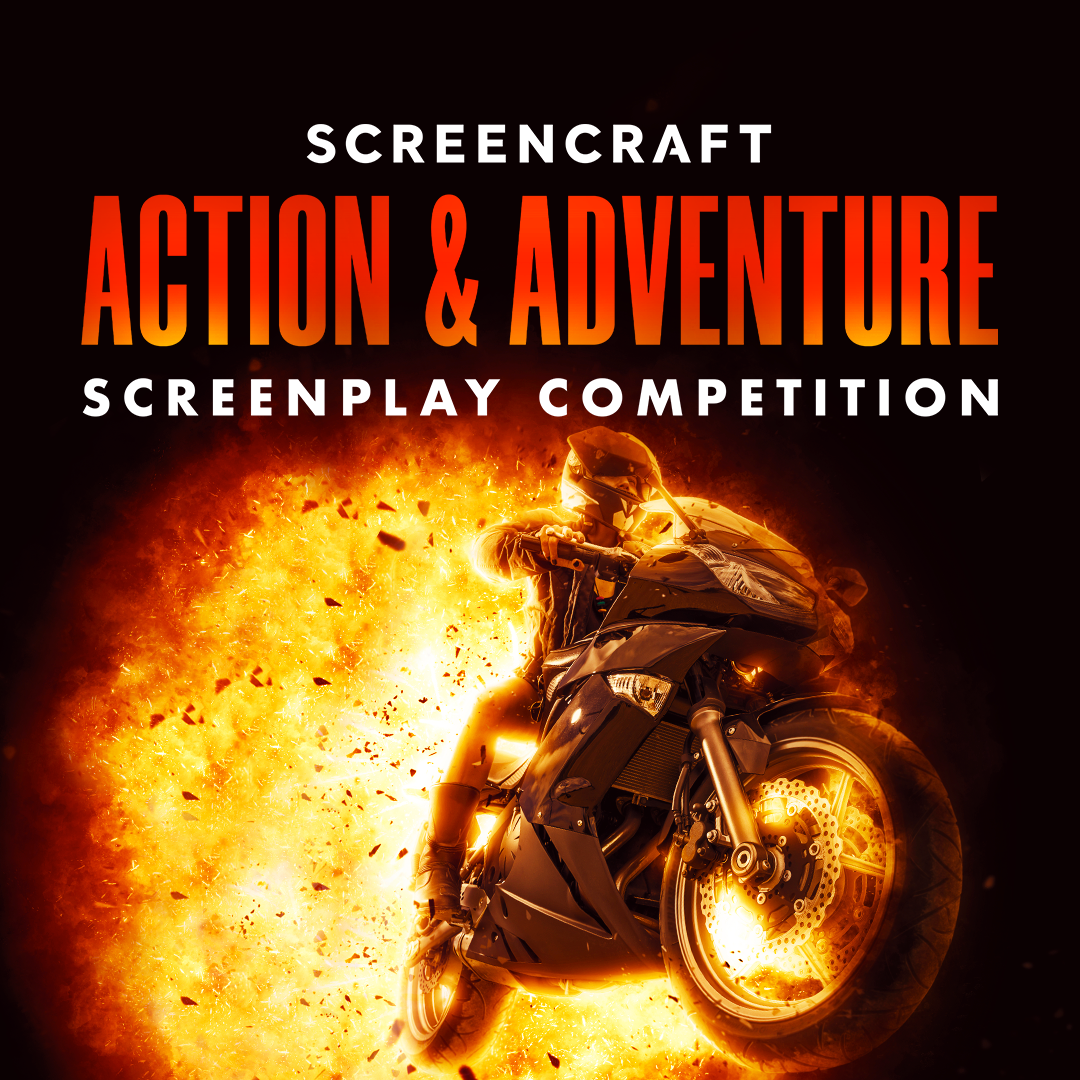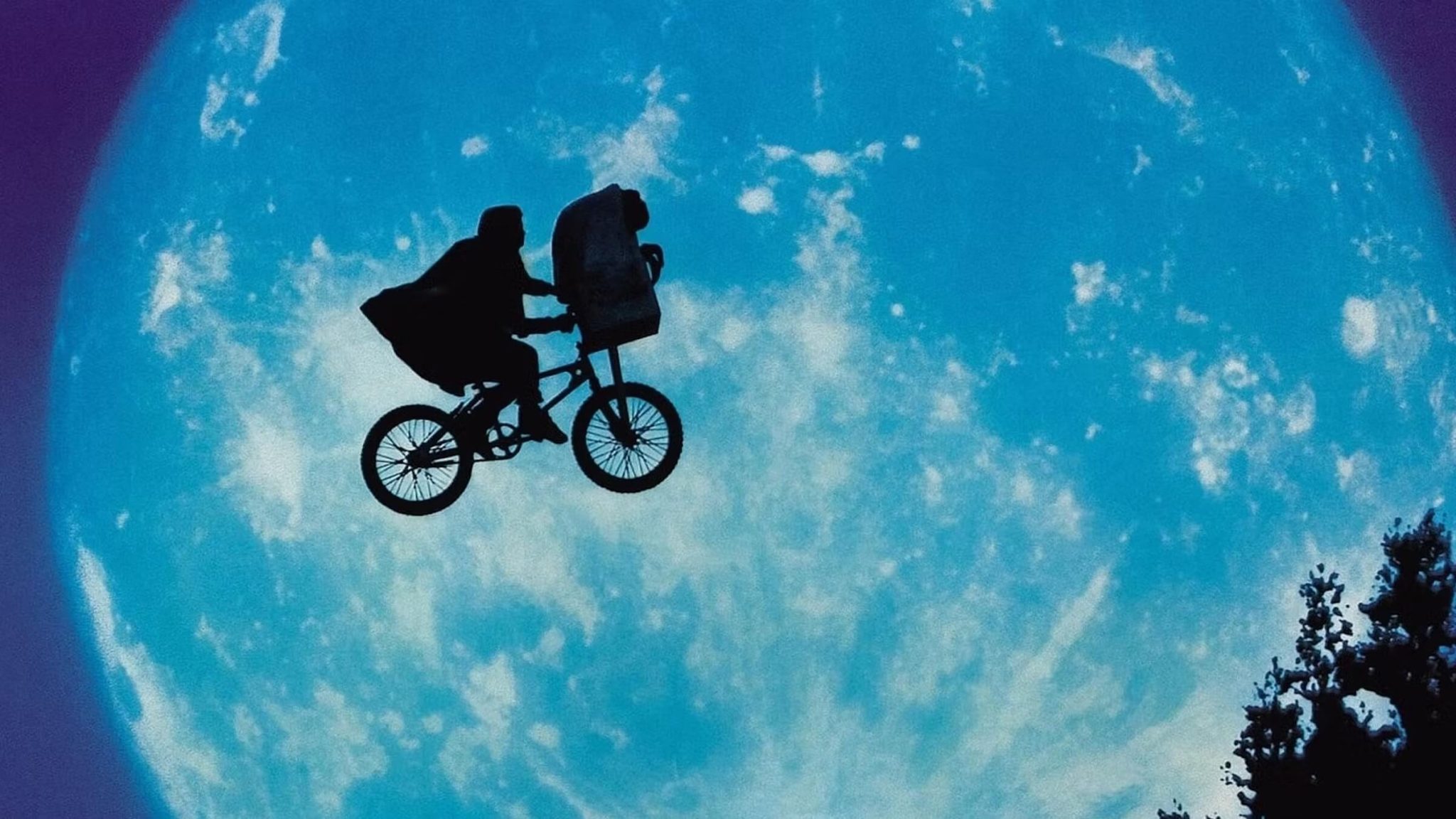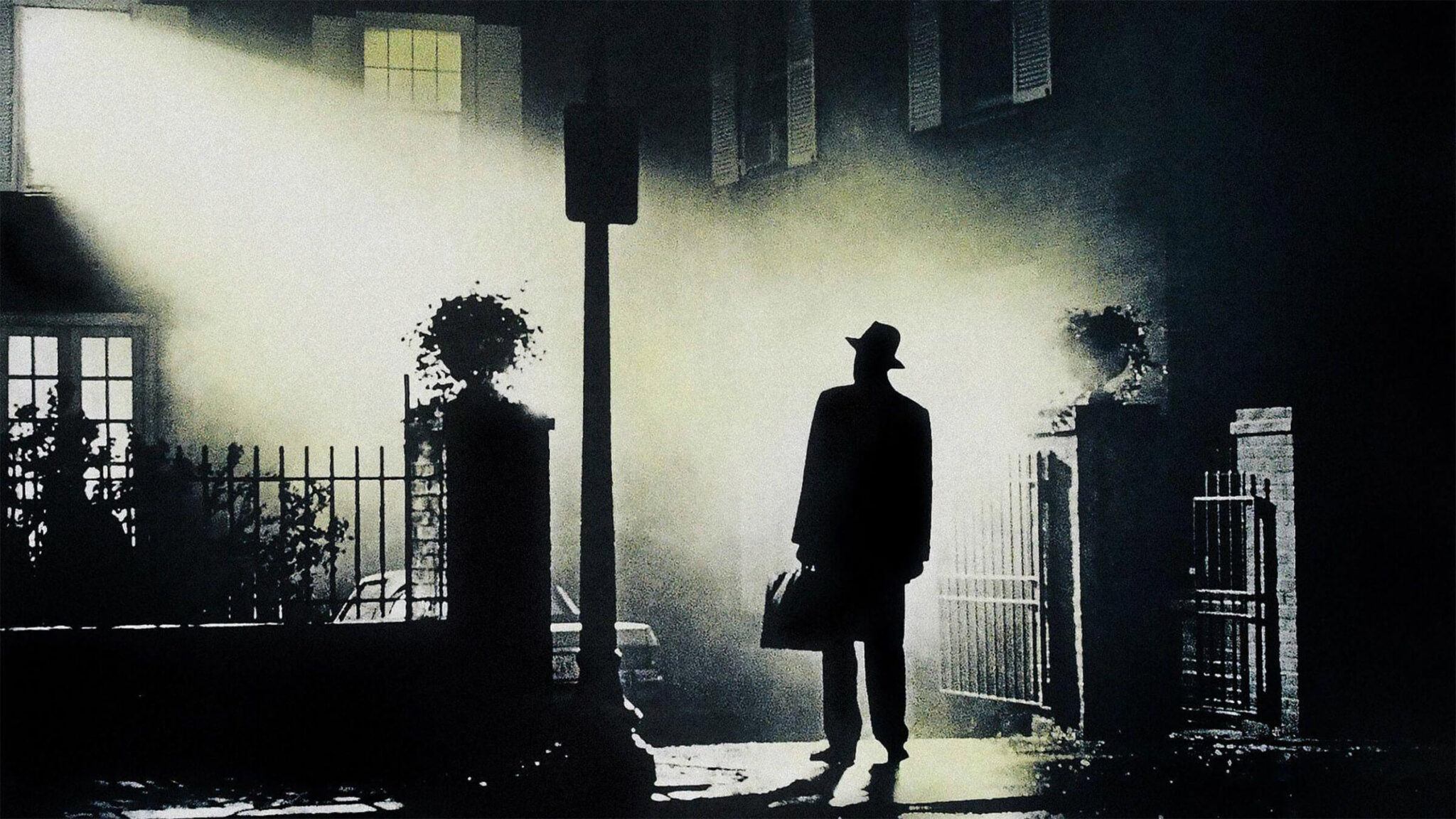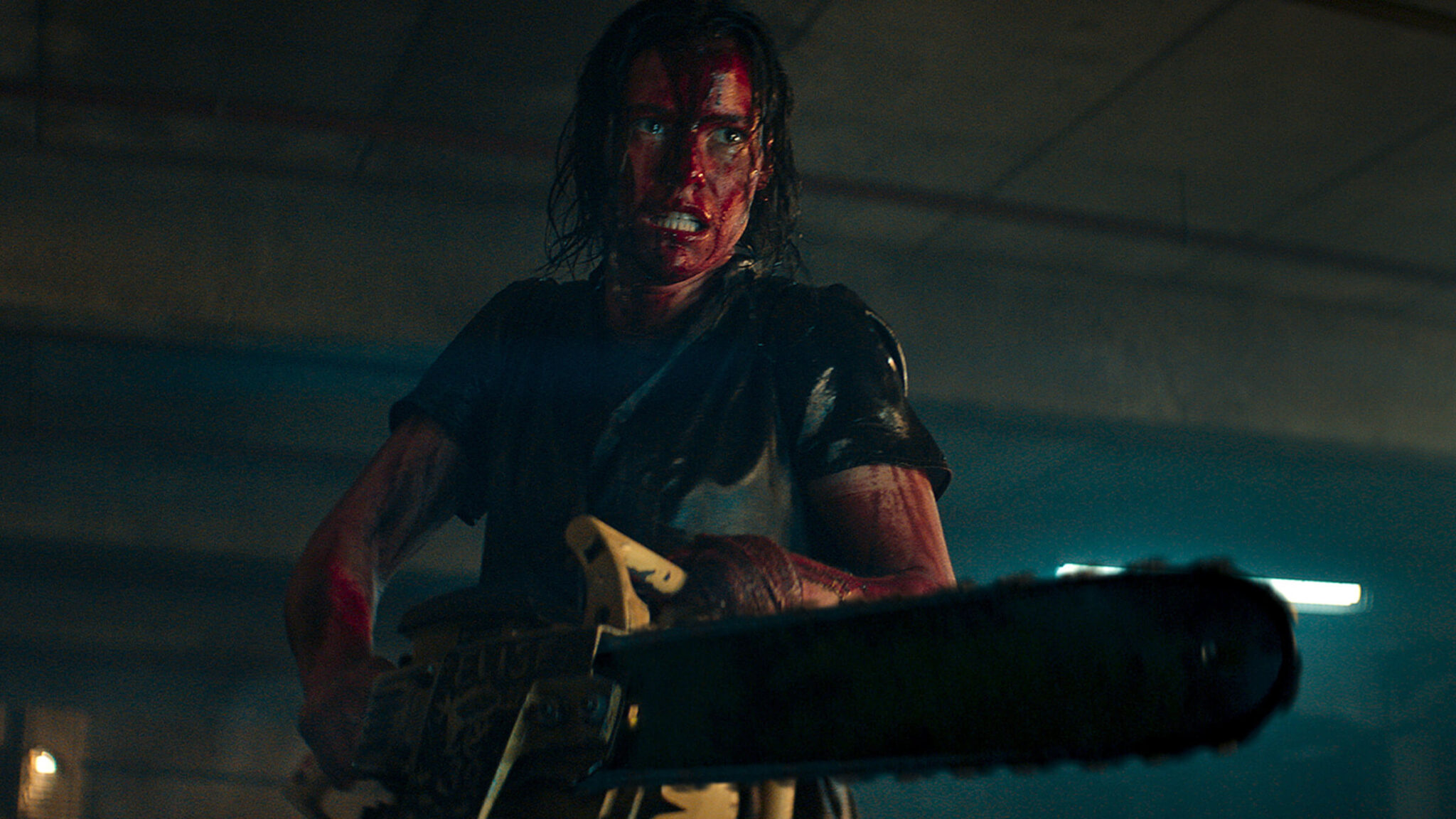The Empowered Writer: 7 Steps to Developing A Feature Script You Can Shoot

What follows is not a perfect list. I’m approximately three-quarters qualified to write it, which actually makes me more qualified to write this internet article than the overwhelming majority of People Who Write Things on the internet.
I’m glad we’re starting off on the same page. Let’s get into it.
This advice comes to you from the witching hours. It’s 2AM as I write this, and I just woke up, after a few hours of sleep, to a churning brain overwhelmed by the pressures of crowdfunding and preproduction. So, this is the caveat I start with: if you want to write a small feature and get it made — it can be done. I’m reasonably sure of it. But this route is not for the faint of heart.
It’s for the heart-sick, actually. It’s for people, like me, who are sick of waiting for permission to do what we were meant here to do: make good movies that move people.
And where do good movies come from? From all over the place, sometimes seemingly from out of the ether. That is the beauty and the difficulty of this important but all-too-often elusive career. Movies are collaborative and they are expensive. But all the good ones have something very obviously simple in common — a script that sings.
The good small movies, movies like the one I hope mine will soon grow up to be like — theyespecially need to have a great script, and beyond that an honest one.
Here’s how I did it (as far as I can tell), in case it helps you do the same.
Step 1: Get Better
All my life, I was told I was a good writer. And I was a good writer. But there’s a difference between being good and being a professional. Professionalism comes with practice.
Writing is free. I didn’t “go pro” — or didn’t feel professional, in my own estimation — until very recently. The conventional wisdom is about right, in my opinion. If you want to succeed, burn through pages. I wrote six feature scripts before I felt truly “ready”. There were times with the first five when I had myself convinced I was ready, but even then in my gut I knew it wasn’t true. My point: keep moving. Don’t spend too much time obsessing over one or two scripts, or even a career as a writer. A writer writes. A writer chases the demon. Do that.
Step 2: Make Sh*t (Make a Short)
I would not be where I am today as a writer or a filmmaker if I hadn’t arrogantly bumbled my way through several short films — which is a highly effective and comparably cheap way to grow exponentially as a visual storyteller.
The advantage of getting production experience, of seeing and learning first-hand how a script becomes a movie — not only does it make you better faster but it teaches you tact. I learned how to be “sinister”, in making external resources work for my scripts, by writing what I knew I could get away with shooting. It’s an invaluable skill in terms of the present goal of empowerment. Even producing your own work, if you aren’t interested in directing, can go a long way towards preparing you to set off on your own after that coveted prize, the first produced feature.
Step 3: Take Inventory
I hinted at this above. Look around you. What’s there that might look good on camera, that you can fit organically into a story? What can you get away with, in terms of, say, a run and gun scene shot on a DSLR?
Who do you know? What do you have? I shot most of my first two films in a potato chip warehouse my family owned at the time.
Neither was a story about potato chips. But warehouses have a feel to them. They’re versatile. You can build a set in one, turning a corner that used to be full of snack foods into a police station interrogation room, if you’re crazy enough to try it with very little money (I was crazy enough).
Search out production value in your life. Put out feelers to business owners who you think might let you into their establishment for a day or two or more.
Step 4: Find A Conceit
There’s no way you’re making a legitimate, ultimately “successful” feature film — all by yourself and/or with a small team — if you don’t first choose a conceit. By this I mean that you must control one large compromise, in terms of your overall vision, that can be made to work for you.
For my first feature, I choose videoblogging. Does that mean my entire film takes place during a videoblog session? No. But a strategically placed 30% of it does involve characters videoblogging and videochatting. It was (and will continue to be) a tricky dance to balance this conceit with the telling of a full and dynamic story, but I think my team and I are mostly pulling it off. Why? Because I learned over time to write smart.
Leverage limitations to create the first major rules of your story world. After that, creativity arguably gets easier. Sometimes, this can even make writing fun. But it has to work for you. The conceit must also overlap with something you want to and feel you can do.
Step 5: Keep It Short
Aim to write a short, efficient script. If the goal is to have the option of shooting or producing yourself, you don’t want to stray too far past 80 pages. My script for The Videoblogs is a little longer than 80 pages, but a good chunk of it involves static shots of characters talking to themselves on camera for a few minutes at a time (what a strange conceit).
However, do not force length.
If you land at 90 pages in honestly pursuing your story, then that’s just what had to happen. It will make things harder, but not impossible. And you never know what a month off will do to your estimation of the importance of certain scenes. The best way to keep a script short is to Hemingway the daylights out of later drafts, removing as much as possible. This may require you go against “conventional” wisdom and skip the exposition. Do it. Audiences are ready to do more work than we’re led to believe they are. Trust me. I’ve been putting weird films in front of unwitting friends and family for ten years. They’ve mostly liked them.
Step 6: Make More Sh*t (Make Another Short)
Make a short that is thematically similar to the feature you have written (or plan to write), based on your inventory and your storytelling aspirations after having written several “junk pile” scripts.
There are a few reasons for this recommendation. First, this is a good way to warm yourself and your audience up (always be building an audience) to the ideas you’re working on with your storytelling. Similarly, this is a good way to test if and how those ideas work. This can also become yet another learning experience to make you better and teach you important lessons you didn’t know you needed to learn.
Finally, this short can help you raise the funds you need to make your little feature. For instance, screening and releasing my latest short Multiverse, helped provide us with the momentum needed to vault past 20% funded on Seed and Spark in our first week of crowdfunding for The Videoblogs.
Of course, you can consolidate my two recommended shorts into just the one thematically similar short, especially if you already have practical experience from film school or from self-teaching at a younger age. It’s up to you. I still think it helps to get more practice if you can.
Step 7: Try To Produce Your Script
I warned you that I’m only three-quarters qualified. I am still in the midst of this experiment. But it’s going to work. Right?
Seriously. Making a film is never easy, and it never happened without someone first taking at least one — but in realistic terms probably many — large risks.
The best we can do is show up to work everyday just like everyone else. The advantage of all of the above, despite the years it may take to work through Steps 1 through 6, is that work and long-term commitment to growth and experimentation pay off in myriad ways.
Maybe by the time you’re ready you’ve met a few people who can help you skip the dirty step I’m at currently. Maybe following my advice will allow you to work up the confidence and the cache to call in bigger favors. Maybe, after learning over time to stop at nothing to make it work during the production of at least two short films near to your heart, you the introverted writer who started this process years ago — maybe you’ll become someone unafraid of taking big risks.
Try to find producers first, but, while you wait to hear back, research and plan to crowfund, at least in stages, in the meantime.
In Conclusion: Empowerment Comes from Taking Initiative
Here’s the reality: all of this may not only be smart, it may be necessary, in today’s often difficult climate. An empowered writer is a “dangerous” writer, and it may be about time for more of us to work our way into this category. It will take years. But following these suggestions can lead to progress, the rewards of which go to the person who most deserves them: you.
Thanks for spending a few minutes with me. I hope my suggestions and testimony were helpful and that I’ll be able to come back to you sometime soon with results to share about my own first experience in features.
Did you enjoy this post? Send Michael a tweet here: @MichaelDiBiasio
Michael DiBiasio is a Writer/Director living in and working out of Brooklyn, NY. His crowdfunded first feature, The Videoblogs, toured nationally for Mental Health Month in May, and hits VOD (iTunes, Amazon, Verizon Fios, Frontier Cable) on July 22nd.
Get Our Screenwriting Newsletter!
Get weekly writing inspiration delivered to your inbox - including industry news, popular articles, and more!



























